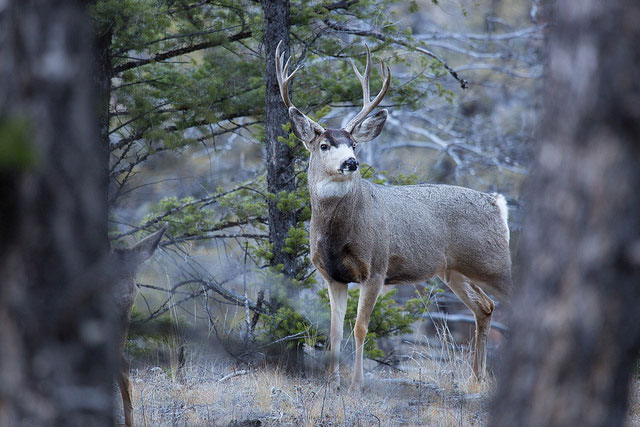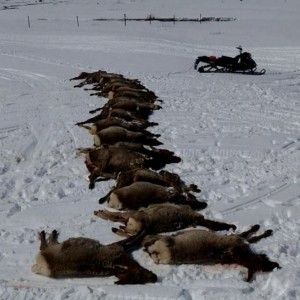A recently published study analyzed 17 years’ worth of telemetry data that could very well change future federal land usage plans when it comes to oil and gas exploration.
“Mule Deer and Energy Development — Long-term Trends of Habituation and Abundance,” appears in the journal Global Change Biology and was led by biologist Hall Sawyer along with associates Ryan Neilson and Dale Strickland. Working on behalf of Western Ecosystems Technology (WEST) Inc., their data spanned a two-year period prior to development and 15 years during development. Their plan was to determine the habitual behaviors mule deer and other large game animals exhibited during oil and gas exploration development in the Green River Basin of Wyoming.
Studying 187 deer throughout the period, the study concluded that mule deer did not respond well to gas development. So much so that the population declined by nearly 40 percent despite mitigation efforts paired with a 45 percent reduction in deer harvest.
“Our study reveals some of the trade-offs associated with developing energy resources in critical wildlife habitat, and serves as a reminder that mitigation efforts can reduce but not eliminate impacts,” Sawyer told the University of Wyoming. “Long-term avoidance reduces the amount of winter range available for animals which, in turn, reduces the number of animals that can be supported on the landscape.”
With hopes that the animals would eventually acclimate to the development, the final three years of the study revealed that even when wells were in production and reclamation efforts were underway, the mule deer still kept their distance.
The study also found that the mule deer response to well pads was inversely related to the severity of winter conditions. Classifying winter conditions into mild, average or severe based on snow cover observed during aerial surveys, avoidance of well pads decreased during severe winters, but the proximity to the well pads was still lower than recorded prior to development.
As many previously published studies like this one are published without the predevelopment data or are short-term in comparison, Sawyer’s research demonstrates that energy development can be paired with long-term, deadly consequences for mule deer. The loss of critical habitat from both development and avoidance will almost always translate into fewer animals on the landscape.




